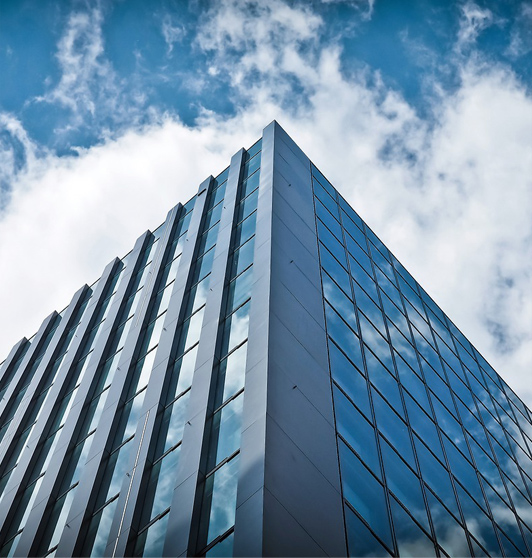Industry knowledge about this item
What types of fibers can be used in waterjet interlining?
Polyester Fiber: Polyester is a synthetic fiber known for its durability, resistance to stretching, and low moisture absorption. It's commonly used in waterjet interlining to provide stability and structure to fabrics.
Nylon Fiber: Nylon is another synthetic fiber that offers strength and abrasion resistance. It can be used in waterjet interlining to enhance the fabric's durability and shape retention.
Viscose/Rayon Fiber: Viscose or rayon is a semi-synthetic fiber that offers a smooth and soft texture. It can be used in waterjet interlining to provide a comfortable feel and drape to the fabric.
Cotton Fiber: Cotton is a natural fiber known for its breathability and comfort. It can be used in waterjet interlining to add a natural feel to the fabric while providing some reinforcement.
Blended Fibers: Blending different types of fibers can create fabrics with combined characteristics. For example, a blend of polyester and cotton might offer the durability of polyester with the natural feel of cotton.
Elastane/Spandex Fiber: Adding a small percentage of elastane or spandex fibers to the interlining can give the fabric stretch and recovery properties, which is useful in garments that need to maintain their shape while allowing movement.
Wool Fiber: Wool fibers can be used for waterjet interlining when warmth and natural elasticity are desired. Wool provides excellent insulation properties.
Acrylic Fiber: Acrylic fibers can mimic the properties of natural fibers like wool and can be used to provide warmth and texture to the fabric.
Silk Fiber: Silk offers a luxurious feel and smooth texture. It can be used in
waterjet interlining for garments that require an elegant touch.
Can waterjet interlining be combined with other finishing processes?
Yes,
waterjet interlining can be combined with other finishing processes in the textile and garment industry. Waterjet interlining, also known as hydroentanglement or water entanglement process, involves using high-pressure water jets to entangle fibers of a fabric or nonwoven material to improve its strength, stability, and other properties. This technique is commonly used for interlinings, which are intermediate layers inserted between the main fabric and lining in garments to provide structure, support, and shape retention.
Waterjet interlining can be combined with various other finishing processes to achieve desired characteristics and outcomes. Some possible combinations include:
Thermal Bonding: After waterjet interlining, the fabric can undergo thermal bonding, where heat is applied to melt thermoplastic fibers present in the interlining. This helps in creating a more stable and permanent bond between layers, enhancing the overall performance of the fabric.
Coating and Laminating: Coating or laminating processes can be applied to waterjet-interlined fabrics to add specific functionalities such as water resistance, flame resistance, or improved surface texture.
Embossing: Embossing can add texture and design elements to the fabric's surface. Waterjet interlining can be combined with embossing to create unique patterns or textures that enhance the aesthetic appeal of the fabric.
Dyeing and Printing: Waterjet-interlined fabrics can also undergo dyeing or printing processes to achieve desired colors or patterns. The waterjet interlining process can improve the fabric's dye uptake and print quality.
Finishing Chemicals: Various finishing chemicals, such as softeners, stiffeners, wrinkle-resist agents, and more, can be applied to waterjet-interlined fabrics to modify their handfeel, appearance, and performance.
Mechanical Finishes: Mechanical finishing processes like brushing, sanding, or calendaring can be combined with waterjet interlining to achieve specific surface textures or appearances.
Performance Enhancements: Waterjet interlining can be used as a base layer for adding performance-enhancing materials, like moisture-wicking fibers or odor-resistant treatments, to create fabrics with advanced functionalities.









.jpg?imageView2/2/format/jp2)


